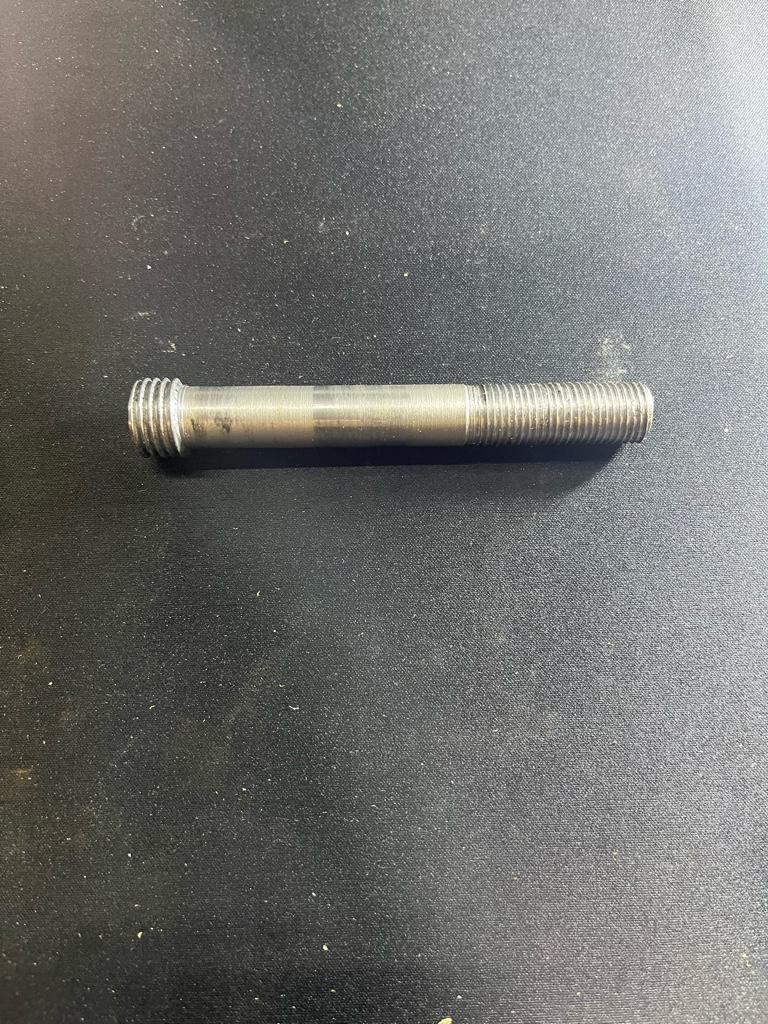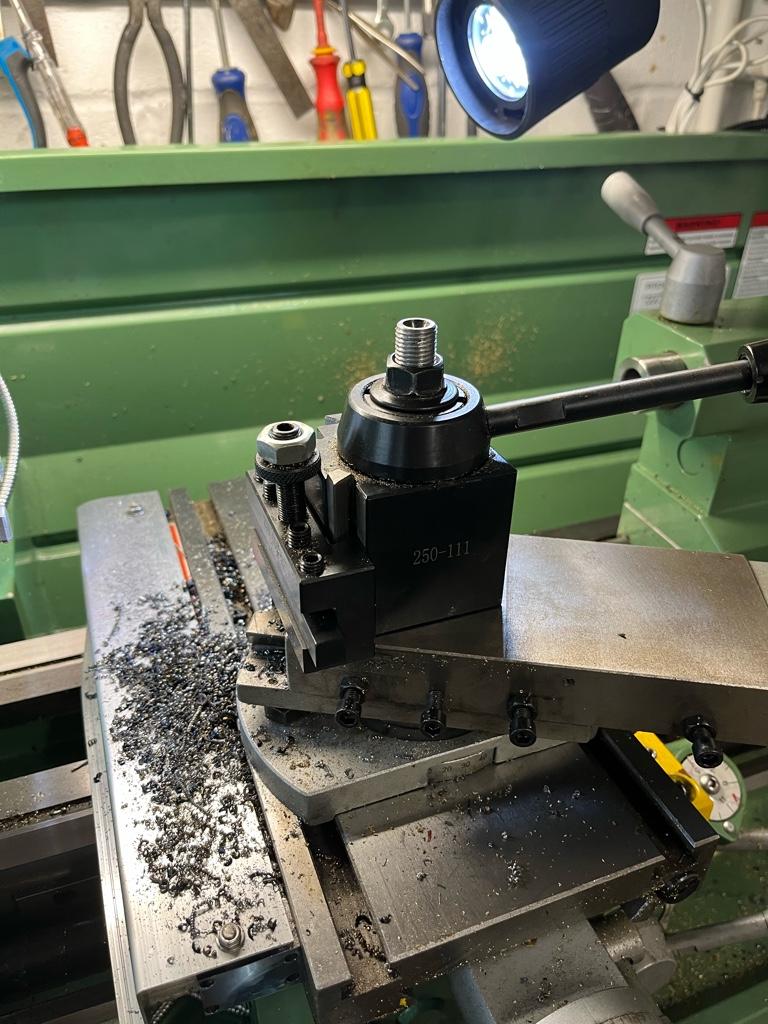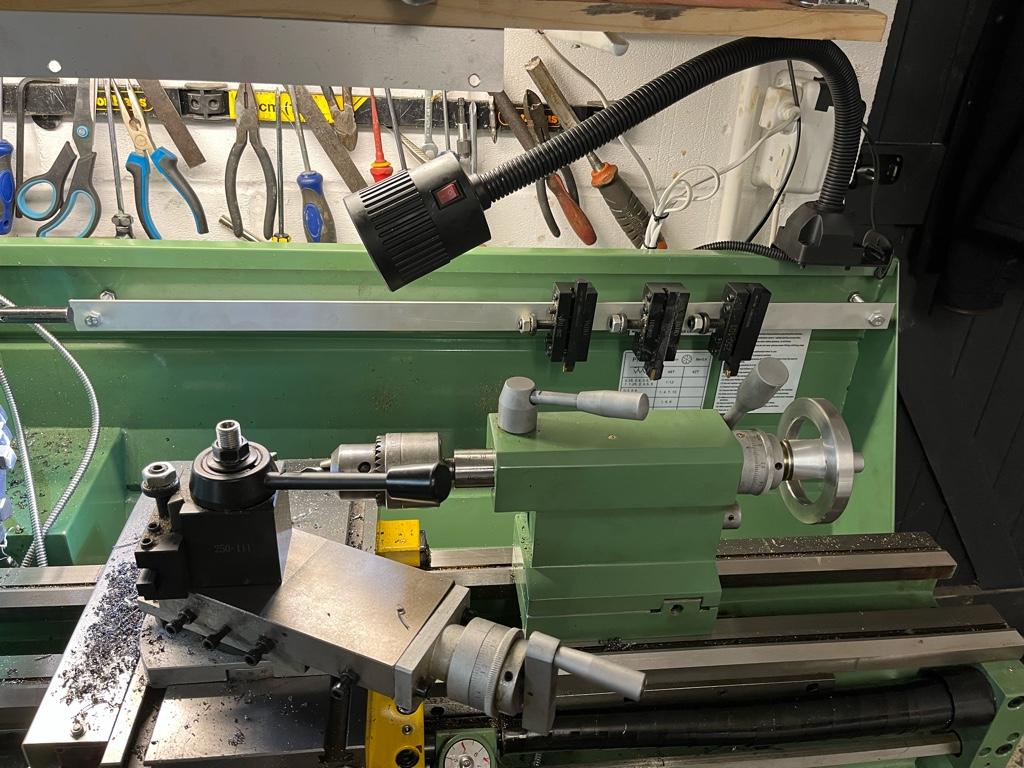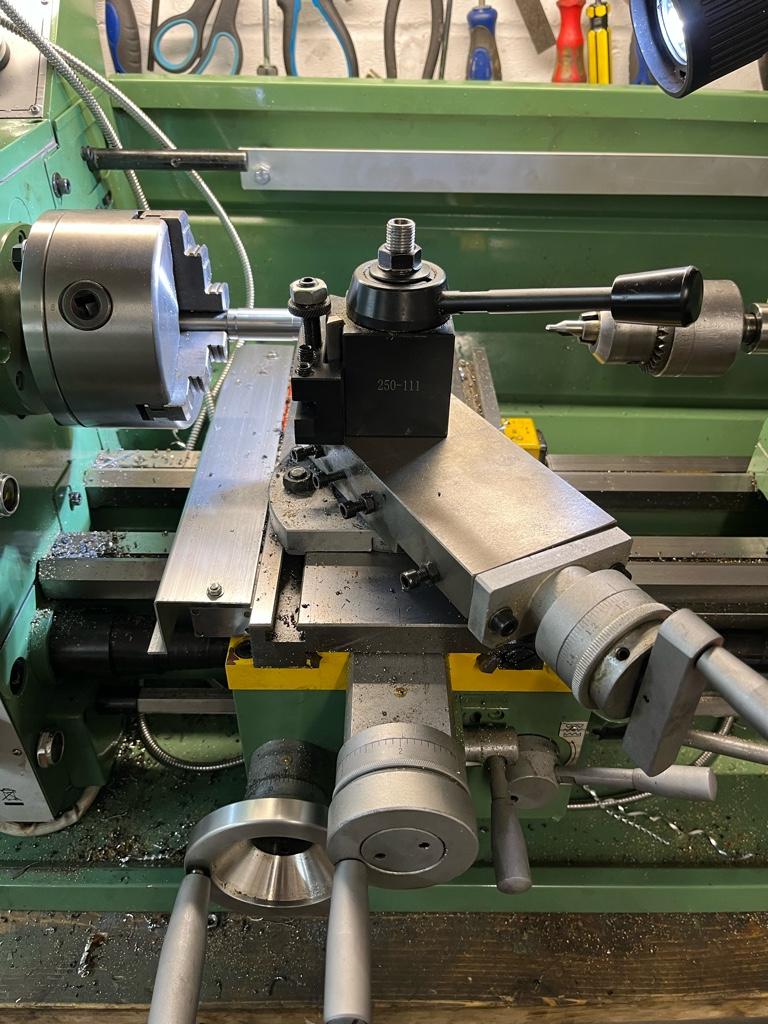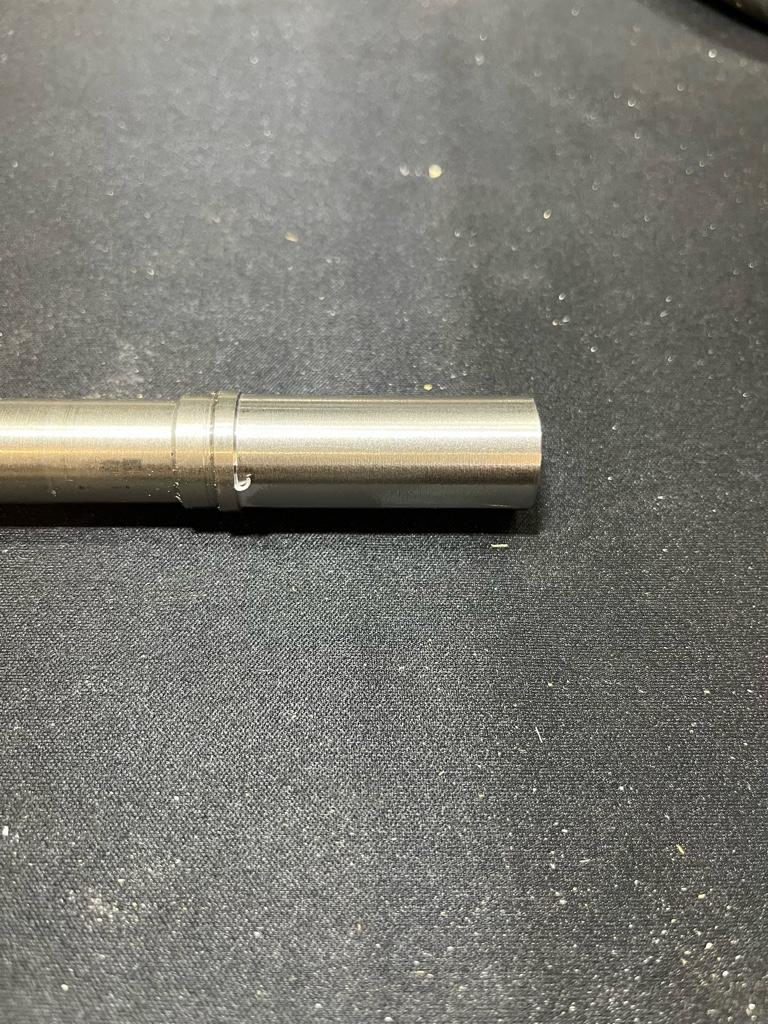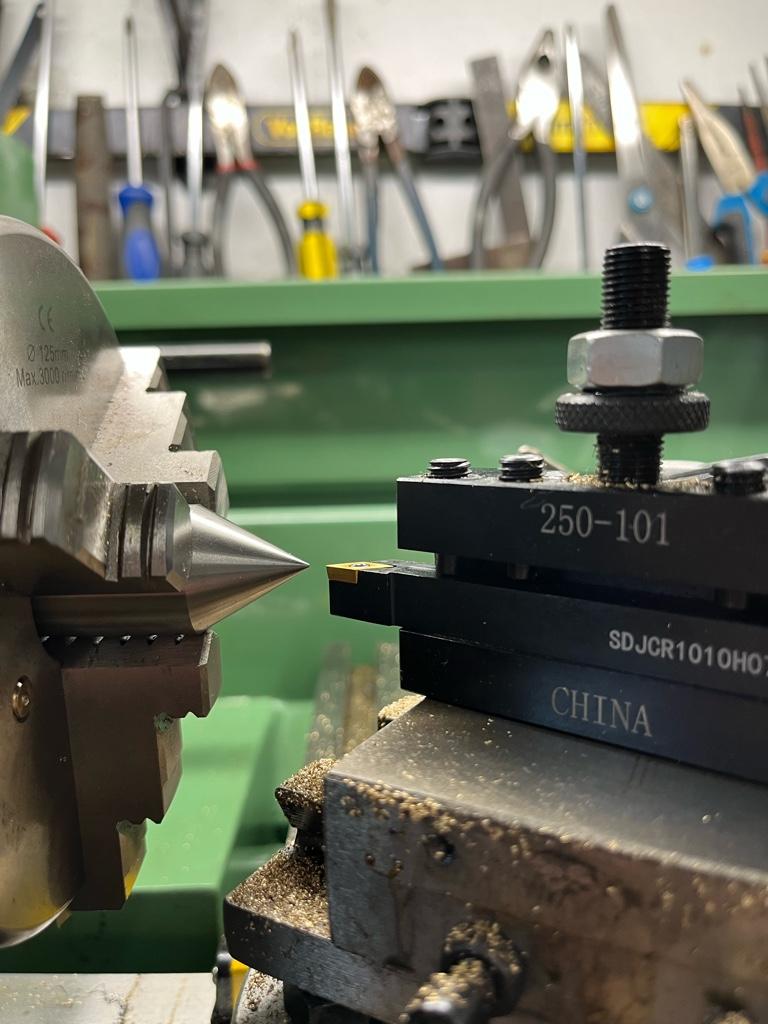Unfortunately for whatever reason the compound protractors on USA-made (old iron) and Import lathes are usually different. There are many threads (pun intended) here with "bad threads" from an incorrect compound angle. It's not completely operator error, it's because of the change in locating schemes. Most of the internet instructions/videos refer to old American iron which has a different compound protractor orientation scheme.
Typical import lathes have "0 degrees" for the compound parallel to the Z-axis or spindle axis. American lathes had "0 degrees" as parallel to the X/Y-axis or the cross feed. On an import lathe, the compound is set to 60 (or 60.5) degrees; 30/29.5 degrees on an American lathe.
Another way to literally look at it is to set up your lathe and look down on your setup. The compound's angle is the direction of tool travel; it should be parallel to the face of the thread face being cut. Or, chuck up a bolt and dry-run your cutting tool along the face with the compound. If the tool walks away from the face of the thread, your angle is off.
Most of us end up running a flat file on the top of the threads to do a little post-single point clean up. I'll also run a triangular file down the thread to do some clean up. And it's not unusual to post run a die too if it's a common sized thread.
And just in case you ever get into cutting gears, there's a problem in labeling there too. Involute cutters are numbered from 1 - 8 depending on teeth on the gear. The numbers go from something like 12-13 tooth gear at one end of the scale to a rack (infinite teeth) on the other end. I don't recall the correct scheme off the top of my head, but the numbering systems are flipped between US and import cutters. A "1" on a US involute cutter is an "8" on an import cutter.
Bruce
American-made Clausing lathe set to cut a 60-degree thread.
View attachment 464858
A 30-degree gauge block set on the side of the compound; edge is parallel to the X/Y-axis or cross feed.
View attachment 464859
The compound protractor is on the far side of the compound, angle is set to 29.5 degrees
View attachment 464860
Import Grizzly lathe set up for a 60-degree thread
View attachment 464861
Note that a 30-degree gauge block set to the edge of the compound is parallel to the X/Y-axis or cross feed.
View attachment 464862
The compound protractor is on the front side of the compound, angle set to 60.5 degrees
View attachment 464863
